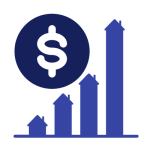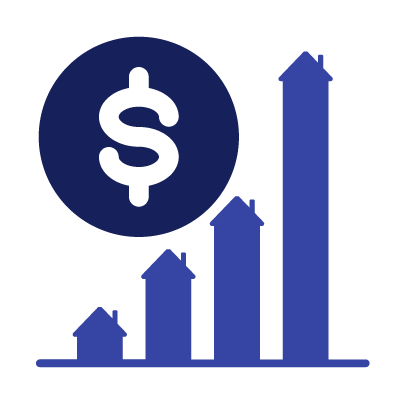 As of August 2024, the South Florida condo market is experiencing a noticeable slowdown, driven by a combination of factors including rising insurance costs, new regulatory requirements, and changing market dynamics.
As of August 2024, the South Florida condo market is experiencing a noticeable slowdown, driven by a combination of factors including rising insurance costs, new regulatory requirements, and changing market dynamics.
Key Factors Influencing the Market:
1. Senate Bill 154 (SB 154):
- Enacted to enhance the safety of condominium and cooperative buildings
- Mandates milestone inspections for buildings three stories or higher
- Requires condo associations to conduct structural integrity reserve studies
- Aims to prevent tragedies like the 2021 Surfside condo collapse
- Ensures sufficient funds are set aside for critical structural repairs
2. Rising Insurance Costs:
- Exacerbated by the regulatory requirements of SB 154
- Adding significant financial burdens on condo owners
- Pushing some owners to sell, contributing to increased inventory
3. Limited FHA Loan Availability:
- Only 25 out of 2,357 buildings in the region are FHA-approved
- Constraining the market by limiting financing options for potential buyers
Market Data and Trends:
1. Condo Sales:
- Declining across several counties
- Palm Beach County: 6.9% year-over-year decrease in July 2024
- Miami-Dade County: 2.4% decrease in the same period
2. Inventory Levels:
- Significant increases across the region
- Miami-Dade: 60.1% year-over-year increase in condo listings
- Palm Beach County: 79.4% rise in listings
- Despite increases, still below pre-pandemic averages
3. Price Adjustments:
- Median sales price for condo-townhouse units in Florida dropped 1.3% compared to last year
- Reflecting the increased inventory and decreased demand
Market Impact:
What This Means for You:
While these changes aim to improve the long-term safety and stability of condo buildings, they are creating short-term challenges in the market. Potential buyers and current owners alike are navigating a complex landscape of increased costs, stricter regulations, and shifting market dynamics. As the market adapts to these new realities, we may continue to see adjustments in sales volume, inventory levels, and pricing in the South Florida condo market.













